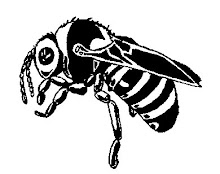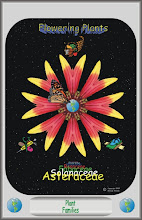

Yarrrow (Achillea millefolium)
Found in open areas, fields and roadsides, and open wooded areas, the Yarrow or Milfoil, a native of Europe, has become widespread across the United States. This attractive plant, blooming from late spring through the summer, is an escapee from gardens and has become well established in the wild. Yarrow is well adapted to a wide range of climates and soils and may grow in moist or dry climates and is drought resistant.
The plants grows to two and a half feet tall and have clusters of small white or rarely pink, one eighth to one fourth inch flowers which form at the top of the plant. The distinctive look of the plant, for which it is named, are the fern like leaves reaching lengths to ten inches .
Yarrow (Achillea millefolium) is named, in part, for the leaves. Millefolium which is Latin for a thousand leaves and Achillea from a Greek soldier who treated wounds with the plant.
Yarrow has been used extensively in herbal remedies to treat wounds and a variety of ailments such as colds, flue, kidney problems, fevers, and menstrual pain.
The young leaves of the plant may be eaten raw (have a bitter taste) in salads or cooked and used in a tea. Used over a long period and in large quantities the plant may have harmful side effects such as skin rashes and sunlight sensitivity.
Warning: It is not recommended that these plants be used as medicine or food since many similar species may cause illness or death.







No comments:
Post a Comment